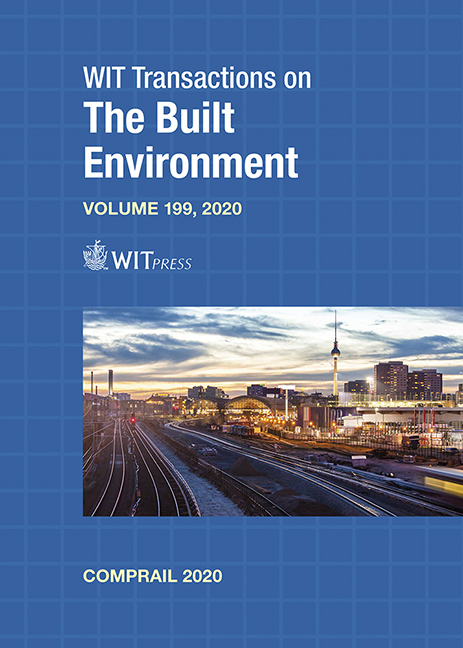TERMINOLOGY, DIFFERENCES, AND CHALLENGES OF COMMUNICATIONS-BASED TRAIN CONTROL AND EUROPEAN TRAIN CONTROL SYSTEMS
Price
Free (open access)
Transaction
Volume
199
Pages
12
Page Range
15 - 26
Published
2020
Paper DOI
10.2495/CR200021
Copyright
WIT Press
Author(s)
LAURA MARTINEZ, ULLRICH MARTIN
Abstract
Control systems guarantee safe train operations by (1) monitoring and supervising train speed, (2) defining the next allowable target position, and (3) activating automatic braking systems. Two different train control systems, (1) Communications-Based Train Control (CBTC) and (2) European Train Control Systems (ETCS), are usually implemented for railway operations. Among those systems, the CBTC is applied for light railway and urban mass-transit systems, whereas ETCS is used for heavy railway systems. These two train control systems have been used worldwide for more than 20 years. Although both systems share a common field of application, their scope, functionalities, and automation aims differ. This paper reviews the CBTC and ETCS systems, and their underlying moving principles. The applicability, terminology, differences, and challenges with regard to levels of implementation, radio communication systems, train integrity, and interoperability are analysed in detail. Based on this analysis, potential characteristics are identified that could be adopted from these systems to improve railway operation.
Keywords
Fixed Block, Moving Block, Communications-Based Train Control (CBTC), European Train Control Systems (ETCS), Train Control, Automatic Train Operation (ATO), Automatic Train Protection (ATP), Automatic Train Supervision (ATS)





